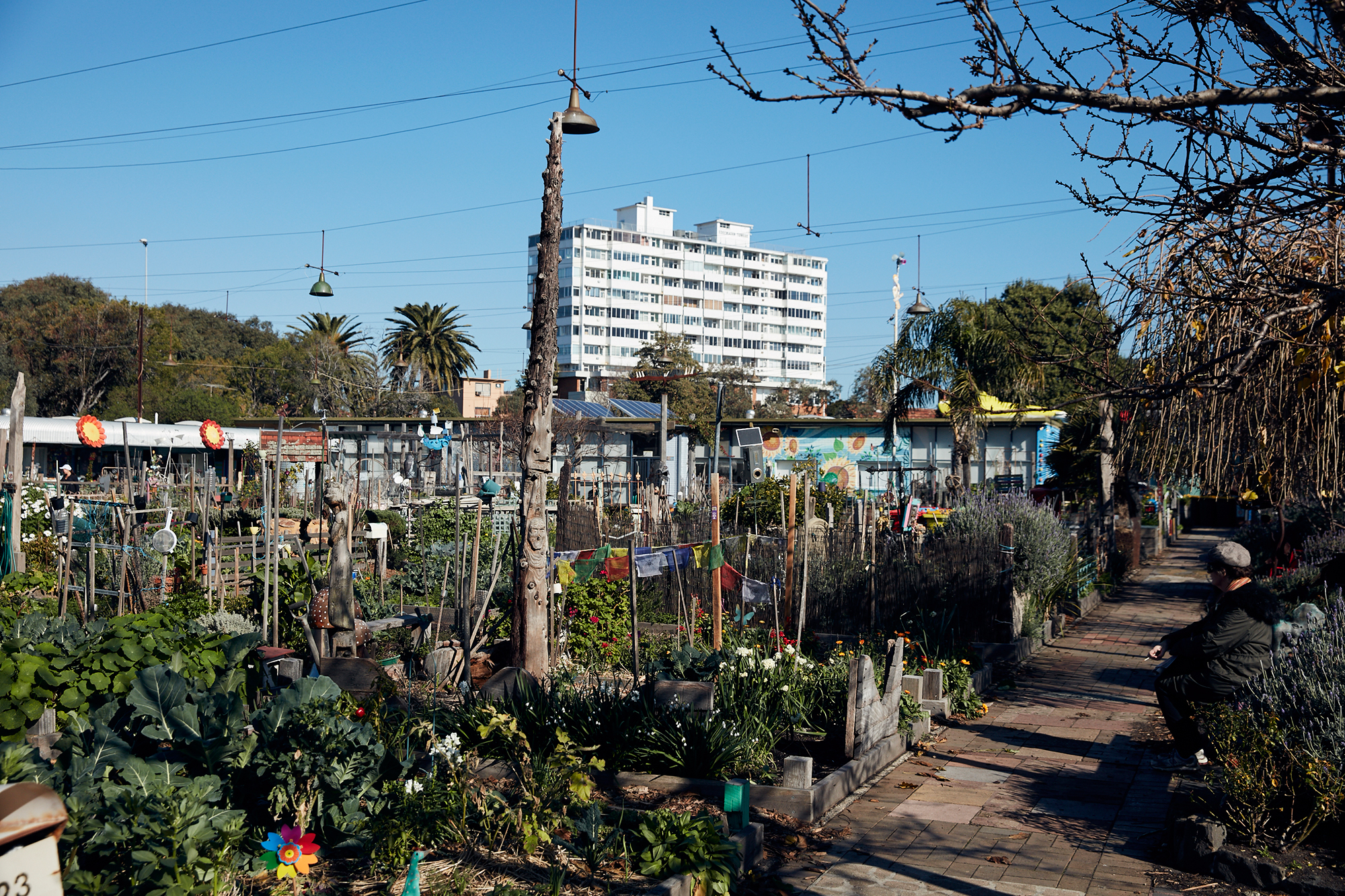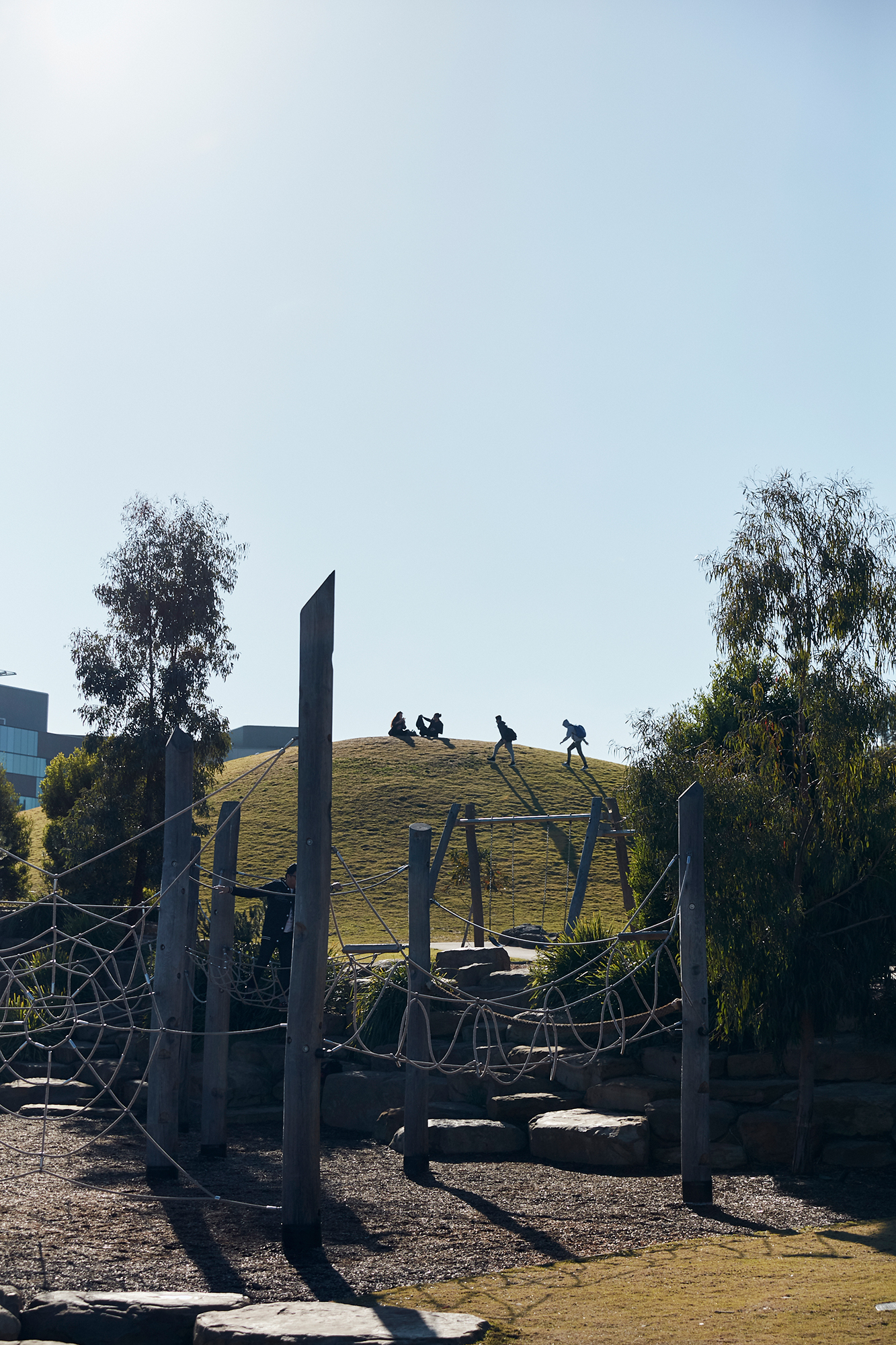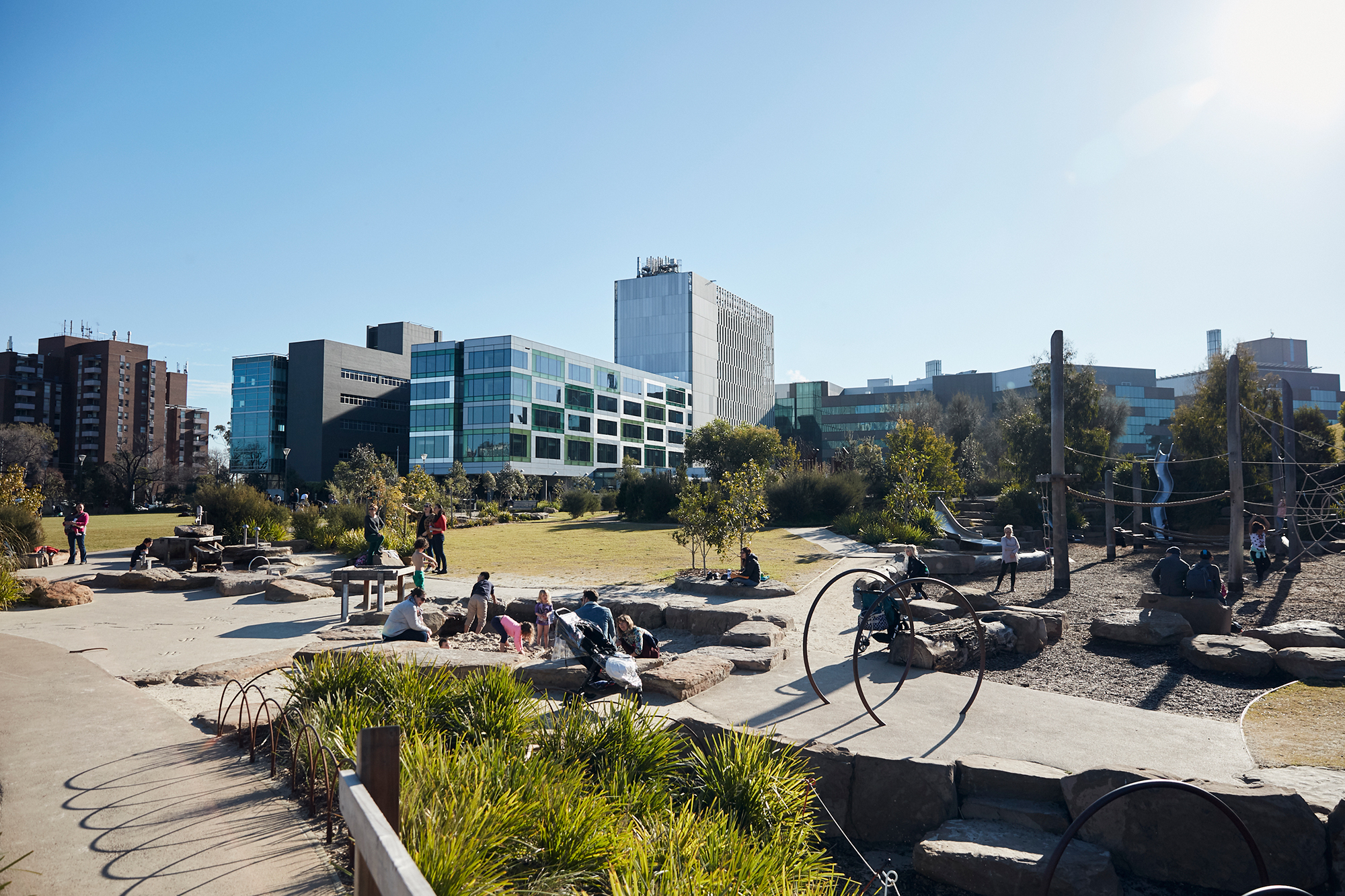Carolyn Whitzman on the meaning of consensus
Carolyn Whitzman was an activist before she was an academic, advocating for affordable housing in her native Montreal, Canada. From a young age, she understood that we need to live close to each other and understand our differences, if we are to be good citizens.
She remembers growing up thinking that she was poor, feeling subtly singled out at school for her wrong address and her less expensive blouse; she remembers the shock of moving to a public high school and discovering that her new schoolmates sometimes didn’t have their own bedroom, let alone money for new clothes. Later, while working in local government policy in Toronto, she became involved in action research for integrated violence prevention, which led to putting together the Women’s Safety Audit Guide, a simple checklist that allowed women’s groups to advocate effectively for changes in neighbourhood design. The guide has since been adopted by UN-Habitat and disseminated across Canada, Europe, Latin America, Africa and Asia. This is not the sort of research we usually associate with ivory towers. Now a researcher in urban planning at the University of Melbourne, Whitzman continues to bring academic rigour to the messy processes of advocacy and social protest. Notably, in recent years she has become one of the most prominent voices in the debate about the housing market in Australia – a debate she would rather turn into a constructive conversation. Over breakfast overlooking Edinburgh Gardens, in one of the most liveable pockets of Melbourne that we both call home, I ask Whitzman where to begin to unpack the complex issue of housing affordability, and why it is a collective rather than individual problem.

Carolyn Whitzman
The starting point to the conversation should be that in Australia we have an enormous deficit of affordable housing at several different price points. We don’t have enough affordable housing for people who earn a very low income and traditionally would never be part of the mainstream housing market. We worship home ownership, but even a century ago some people wouldn’t have owned their house. They stayed in rooming houses or boarding houses run by widows who had a house, but not much income. There were flophouses too; and there was a greater tolerance for home-sharing than now. If you look at the income statistics, the poorest tenth percentile of the population is never going to make it in the housing market, so you need about 10 percent of housing to be social housing; and by ‘social housing’ I mean housing for very, very poor people. According to a recent report by Infrastructure Victoria, there are currently about 75,000 to 100,000 very low-income households who are in critical need of social housing. If you wanted to have mixed-income housing, which would allow people to move in and out of subsidy, the proportion would need to be higher.
Jana Perković
It sounds like you are saying that we have long held a very normative, rigid understanding of how people should live, and who deserves a home?
CW In policy, there is a lot of emphasis on social housing as an aspect of productivity, which brings along a deeper question: what happens to people that are never going to be productive, in the traditional economic sense? I hope they are still valued by society! Children would be an example – we don’t have child labour anymore. Older people who, one would hope, no longer need to be part of the productive economy. Some – not all – people with disabilities have a limited economic productivity. Carers are not directly economically productive. We have to disassociate the right to housing from the notion of productivity.
JP We often hear about Australia having a housing crisis. As a housing researcher, could you clarify for us: how do we compare internationally?
CW Of all the Australian states, Victoria has the lowest amount of social housing per capita: 2.5 percent. For comparison, in the Netherlands, until recently, it would have been close to 80 percent. Even in the UK post-Thatcher, between 30 to 40 percent of housing would be outside the private market. Affordable housing comes in many forms: on top of social or public housing, there is non-profit and subsidised housing. There is housing for the very, very poor, but then there is a huge swath of low- to moderate-income people that are affected by hikes in house prices. By ‘moderate income’ I mean just that: average earners. In Melbourne, they cannot afford to buy a house anywhere other than beyond the growth areas [the distant outer suburbs, beyond the reach of public transport, that have been developed in the recent years – ed.]. They may be able to afford to rent, but that means they’re pushing up rental prices, and pushing out that part of the population that needs rental accommodation more. Many of them buy a house in the outer suburbs, enticed by ads that promise a school and rapid transit, and then, once they move out to these incredibly service-poor areas, they have to get a second car within a week – a car they cannot afford. A friend of mine, who is a social planner, says that families in those areas sometimes get a second car before they get furniture. That’s not affordable living. It’s not a good work–life balance.
Demographia measures average house cost versus average income. By that measure, which is simplistic but indicative, Sydney is the second-least affordable housing market in the world, and Melbourne is the sixth. They are both less affordable than Tokyo, New York and London. So, we’re really bad, internationally; gobsmackingly bad and getting worse at a tremendous trajectory. It’s a very widespread housing crisis. If Melbourne keeps growing at the current rate, we’re going to need 50,000 new homes per annum, and half of them need to be affordable to people on medium income or lower. We’re nowhere close to producing housing at affordable price points. Oh, we could throw out every regulation everywhere, have no roads, have no sewers! But to have decent housing, close to jobs and services, at a price point people can afford – we’re not doing that well. The question is, what is the political will to change this?

JP How is it possible to have a city in the throes of a housing crisis and also have it be the most liveable city in the world?
CW The liveability indicators that most people rely on were created by The Economist for their readers. They tell the business executive about the quality of life at their price point. The indicators are very crude: life expectancy (but not Indigenous life expectancy); safety, in terms of crime rates or terrorist attacks; the best healthcare you can buy (but not public health). Australia as a whole does extremely well on these indicators. But if you go to the outer suburbs of Australian cities, transport times are bad, it’s often hard to find a health clinic, you’ve been promised a new school but it’s not coming for another 10 years, so you have to commute 45 minutes to get your kid to school. Engels wrote, in 1848, that the majority of middle-class workers in Manchester never had to see the miserable lives of the working poor, because they were in the back alleys of the city, carefully hidden by the fancy promenades. Melbourne has a front door and a back door. Sometimes you catch a glimpse – if you come in from the airport, or if you take a train – but even for many policymakers these are two different perceptual realities.
Social diversity in Australian cities is outrageously bad, a lot worse than even in British cities. Almost 40 percent of kids don’t go to their local public primary school, and the vast majority are driven to their schools by their parents. That’s a form of ‘white flight’, and it creates children growing up without any knowledge of how privileged they are. How are they going to be good environmental citizens of the future?

JP To an ordinary person, this all seems unsolvable. How can we begin solving a problem such as our entire housing market?
CW For a long time, affordable housing was a ‘them’ problem. Now it has become an ‘us’ problem. Since neo-liberalism really took hold in Australia, in the 1980s, investment in home ownership has been considered a mechanism for retirement, and a good economic mover, and was encouraged by the taxation structure. However, the housing market bubble is the biggest cause of unaffordable housing, as well as the rise in income disparities in Australia. The Labor Party at the Commonwealth level, who started some of these problems under [Jeff] Kennett, is now talking about stepping back on negative gearing and capital gains tax exemptions. It is scary to them. Housing prices do not just keep rising indefinitely, and both mainstream political parties are very afraid of the housing bust. They don’t want it to happen during their term in government. There’s no government that can solve this on its own: it needs to be collectively solved. Currently, a lot of planning is very tokenistic, and decisions are made on political expediency. What would happen if state government (which is responsible for most high-level planning regulation, and most infrastructure provision) met with the Commonwealth government (which gets the majority of taxation and could be doing so much more on social infrastructure, including housing), as well as local governments (that make most of the day-to-day development decisions), private developers (who are responsible for more than 97 percent of housing) and big investors, like banks and super funds (who presently invest in US affordable housing because of better tax incentives in the US, but not in Australian affordable housing), and all of them said: ‘Hey, affordable housing is a collective problem, let’s have a discussion about how to solve it’?
Transforming Housing is a research project I’ve been working on since 2013. The basic question is: can a deliberative approach increase the quantity and quality of affordable housing in Melbourne? Deliberative approach means the opposite of the standard process, where delegations of people individually state their opinions, and then one entity decides. It means you get the key stakeholders together in a room and you say: ‘Here’s a problem: we’ll call it affordable housing. Now tell us what you need to know in order to collectively make the right decision.’
JP How much time have they got?
CW Well, it’s been going on for four years. We have an advisory committee which identifies key issues. Twice, we have hired a really good facilitator, and we bring together 50 to 60 key people for a day-long session, where they discuss what propositions they’re ready to go ahead with, and what further research needs to be done first. We try to create a sense of collective ownership of the issue: the technical term is ‘strategic conviction’. It’s conviction that this makes sense, and we’ll go ahead, and it won’t be perfect for us, but we can live with it. That’s the meaning of consensus.


JP Do you design a decision-making process or a conversation-making process?
CW The two affordable housing summits we have had were very scripted, because it’s a very intense decision-making environment. The day-to-day stuff is a lot simpler: meeting people and getting their opinions, sending stuff out and getting comments back.
JP So it’s not like Occupy [the movement]?
CW No! It’s sort of the opposite of Occupy, in a way.
JPIt’s not bottom-up decision-making; not a completely horizontal democracy?
CW I call it participatory action research with the rich and powerful [laughs]. I very much understand the notion of advocacy in squatting and occupying Melbourne, but if you ask how far squatting has gotten us… the answer is, not terribly far. With Occupy Melbourne, it was very easy to go: ‘Oh, that’s a bunch of young radicals.’ Honestly, I’m 54 years old, and I don’t know yet how change successfully happens. But we are trying to create lasting change. Researchers are treated as just another interest group in the planning process, while in academia, there is still the belief that good academics don’t intervene in the real world, that engaging with real issues is the opposite of being objective. Well, I want a better world!
I think that conflict and protest has a role – I’ve been a protestor in the past and I will be in the future – but I do think that one of the many problems of Western societies today is their inability to have a discussion across difference. And that’s terribly important.

JP Obviously, historical models won’t necessarily work today, and communal housing that works in the Netherlands will not necessarily be a good solution for Australia. What are the ways forward?
CW It’s very exciting to see the growing interest in deliberative development, and I think that there’s a lot more room for shared-ownership-type models. We know parents of children with intellectual disabilities who are setting up their own Baugruppen [building groups]. Older people might want to live collectively and share services. These will by nature be small-scale, but if scaled up through appropriate support, they could become a culture. I don’t know what we’re going to do about the main issue in Melbourne, which is that we need really serious affordable-housing targets to get housing in areas with good infrastructure. At some point, the development in our middle suburbs would need to be 25 to 50 percent affordable, and at least 10 percent social, to start addressing the tremendous spatial polarisation that has occurred over the last 30 to 40 years. My hope is that there is a growing sense that this isn’t the way we want to live. I’m hoping we can have a combination of encouraging small-scale initiatives, which will need a certain amount of regulation and subsidy, and widespread regulatory change, de-risking some forms of development. Affordable housing can be fabulous and add a lot to the community. When Woodstock Rooming House in Balaclava was built over a municipal parking lot a few years ago, there were concerns that it would destroy the local community. A few years later, one of the guys living in Woodstock was cat-sitting for neighbours, and they were having barbecues together. I don’t want to be overly naïve, but yesterday’s invader can become today’s friend.

This article originally appeared in Issue 8 of Assemble Papers, ‘Metropolis.‘ Thank you, Carolyn, for taking the time to chat with us. You can find out more about the Transforming Housing research project by following the link. If you are interested in getting involved in discussions about liveability in Melbourne and beyond, join Urban Happiness, the discussion group Carolyn started in 2012 that now counts over 4,500 members.
